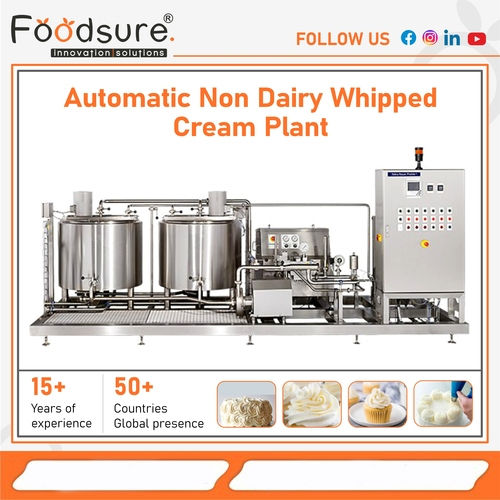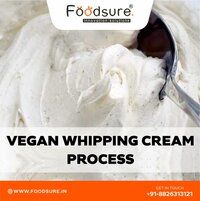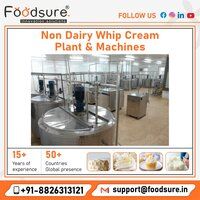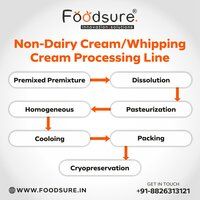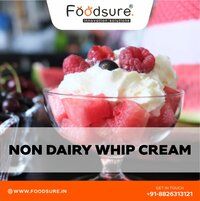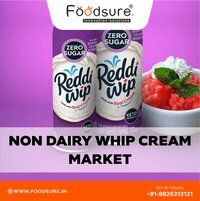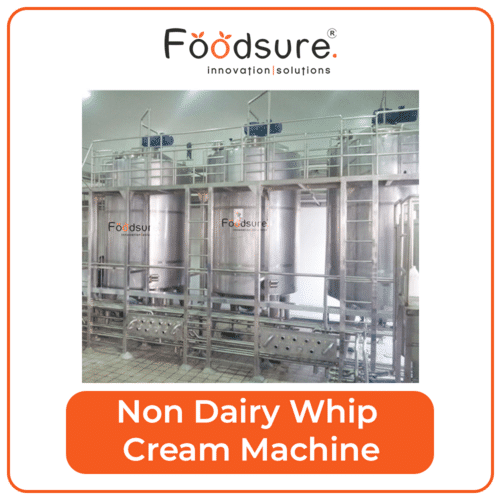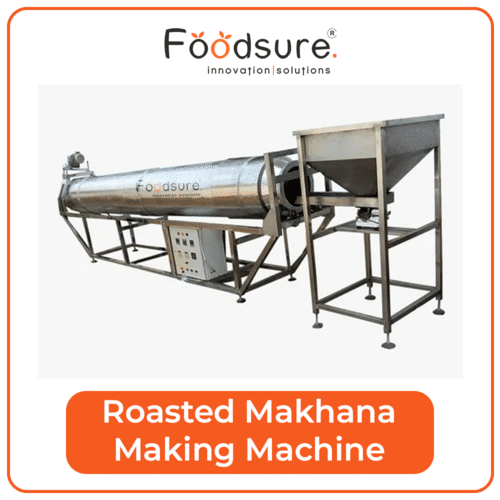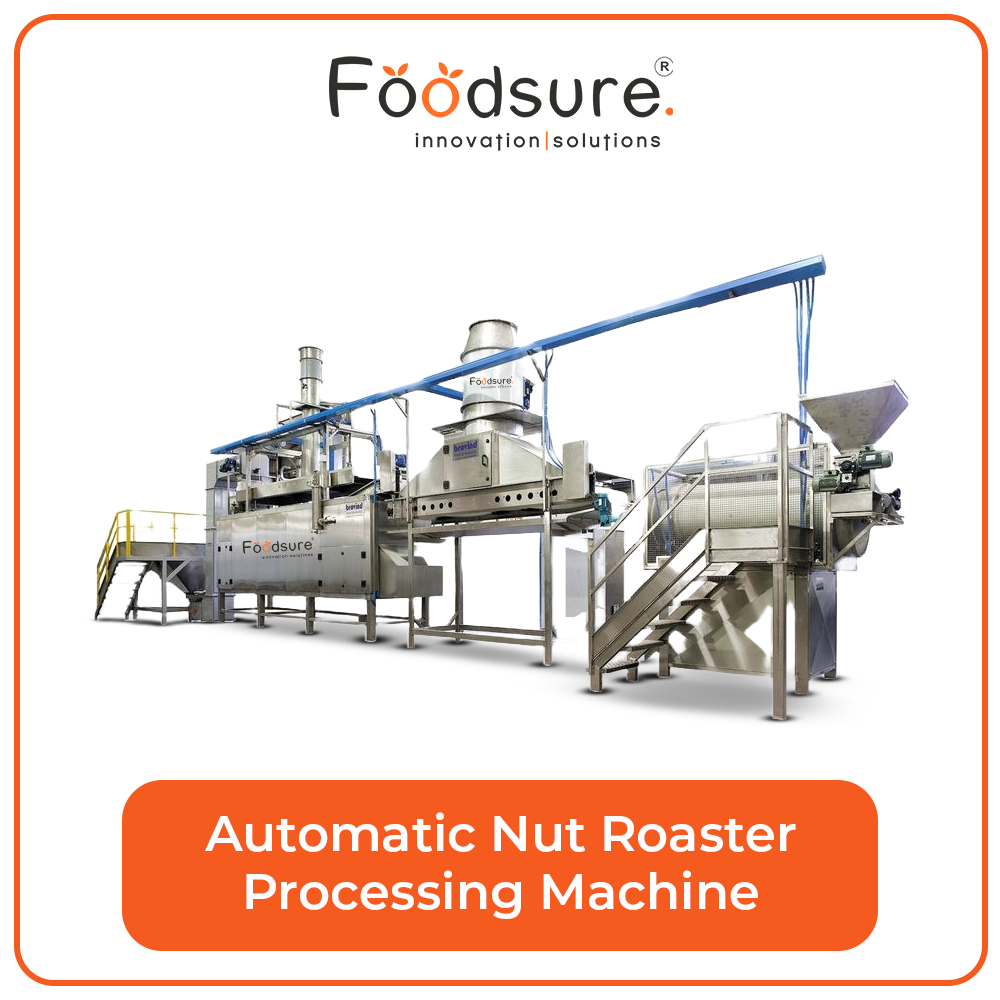Non Dairy Whipped Cream Plant
Product Details:
- Product Type Non- Dairy Whip Cream
- General Use Industrial and Commercial
- Material Stainless Steel
- Capacity Upto 3000 kg Kg/hr
- Weight (kg) 1000 Kilograms (kg)
- Computerized Yes
- Automatic Yes
- Click to View more
Non Dairy Whipped Cream Plant Price And Quantity
- 850000.00 - 1000000.00 INR/Piece
- 1 Unit
- 8000000.00 INR/Piece
Non Dairy Whipped Cream Plant Product Specifications
- Upto 3000 kg Kg/hr
- Table Top
- Industrial and Commercial
- 1000 Kilograms (kg)
- Non- Dairy Whip Cream
- 20 Watt (w)
- Manual
- Stainless Steel
- 420 Watt (w)
- Yes
- 1 Year
- Yes
Non Dairy Whipped Cream Plant Trade Information
- New Delhi
- Paypal, Cash Against Delivery (CAD), Cash on Delivery (COD), Cash Advance (CA), Cash in Advance (CID), Cheque
- 10 Unit Per Month
- 30 Week
- Free samples are available
- Wooden Packaging , Bubble Wrap Packaging
- Asia, Australia, Central America, North America, South America, Eastern Europe, Western Europe, Middle East, Africa
- All India
- ISO9001:2015
Product Description
Non-dairy whipped cream can be made in a factory using a variety of processes, but here is a general overview of the process:
-
Ingredients: The first step is to gather all the ingredients needed to make non-dairy whipped cream. This typically includes a non-dairy cream base (such as coconut cream or soy cream), sweeteners, stabilizers (such as carrageenan or xanthan gum), and any desired flavors or colors.
-
Mixing: The non-dairy cream base is typically mixed with the sweeteners and stabilizers in a large mixing tank. This mixture is then homogenized to ensure a smooth and consistent texture.
-
Pasteurization: The mixture is then pasteurized to ensure food safety and extend the shelf life of the product.
-
Chilling: The mixture is chilled to a specific temperature to ensure that it will whip properly.
-
Whipping: The chilled mixture is then whipped in a high-speed mixer to incorporate air and create a light, fluffy texture. The whipped cream is then dispensed into containers, such as aerosol cans or plastic tubs.
-
Packaging: The containers are then labeled and packaged for distribution to stores or foodservice outlets.
TYPES-
-
Coconut whipped cream: Coconut whipped cream is made from the cream that rises to the top of a can of coconut milk. It can be whipped like traditional cream and has a slightly sweet coconut flavor.
-
Soy whipped cream: Soy whipped cream is made from soy milk and is similar in texture to dairy-based whipped cream. It has a neutral flavor, which makes it versatile for use in various recipes
-
Rice whipped cream: Rice whipped cream is made from rice milk and is a good alternative for people who are allergic to soy or nuts. It has a slightly sweet flavor and is lighter in texture than dairy-based whipped cream.
-
Almond whipped cream: Almond whipped cream is made from almond milk and has a nutty flavor. It is a good alternative for people who are allergic to dairy, soy, or gluten.
-
Cashew whipped cream: Cashew whipped cream is made from cashew cream and has a rich, creamy texture. It is a good alternative for people who are allergic to dairy or soy.
-
-
The non-dairy whipped cream market has experienced significant growth in recent years due to the increasing demand for plant-based alternatives to traditional dairy products. According to a report by Grand View Research, the global non-dairy whipped cream market size was valued at USD 585.5 million in 2020 and is expected to grow at a compound annual growth rate (CAGR) of 11.2% from 2021 to 2028.
Some of the leading companies in the non-dairy whipped cream market include:
-
-
According to a report by Market Research Future (MRFR), the global non-dairy whipped cream market size was valued at USD 580.1 million in 2020 and is expected to reach USD 933.3 million by 2027, growing at a compound annual growth rate (CAGR) of 7.3% during the forecast period from 2021 to 2027.
The report cites several factors driving the growth of the non-dairy whipped cream market, including increasing demand for plant-based alternatives to traditional dairy products, rising health consciousness among consumers, and growing vegan and lactose-free food trends.
Based on the source, the report segments the non-dairy whipped cream market into soy-based, coconut-based, and others (including almond, rice, and oat-based).
The ingredients used in non-dairy whipped creame.
-
Plant-based milk,Sweetener,Stabilizers,Emulsifiers,Flavorings,Acids,

Price:
- 50
- 100
- 200
- 250
- 500
- 1000+

